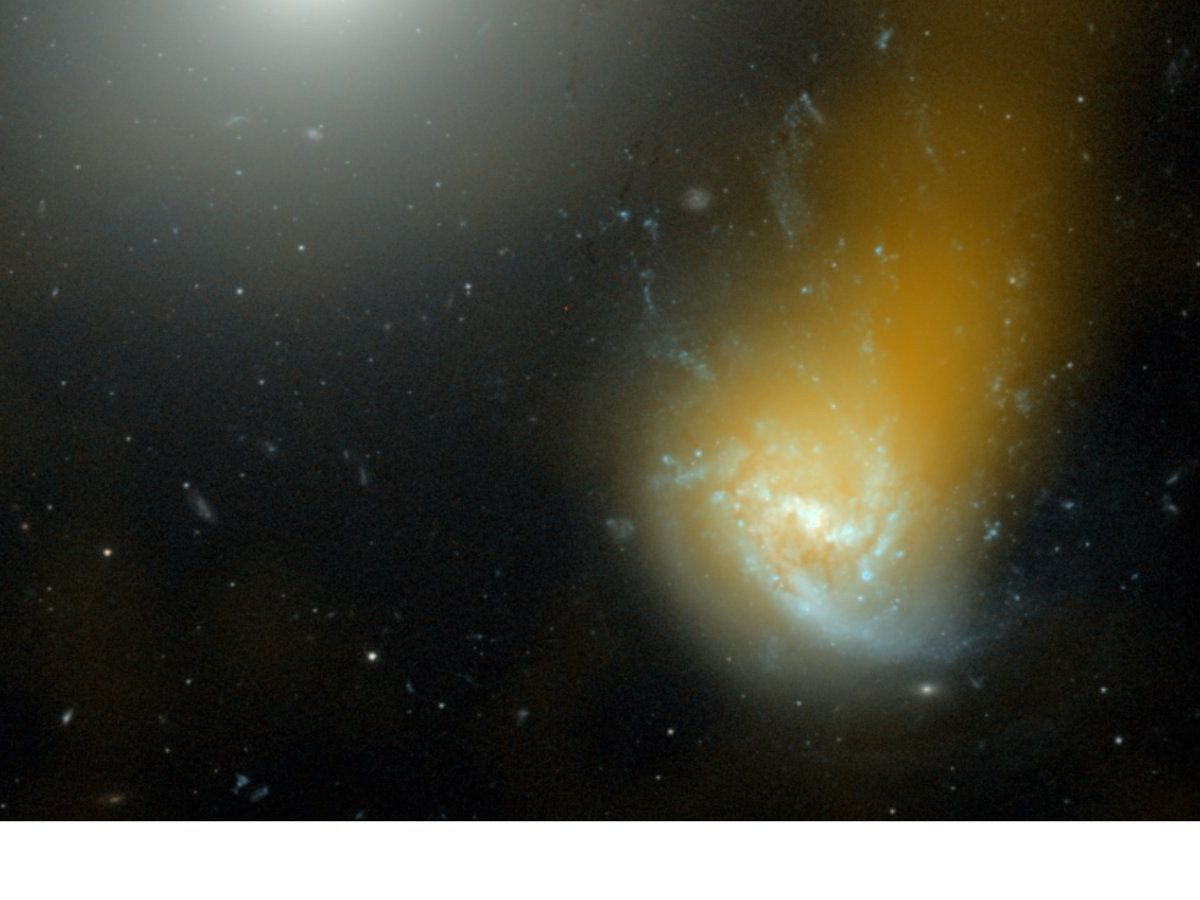A pioneering astronomer from our Department of Physics has collaborated with a team of international scientists to reveal an astonishingly detailed radio image of more than 4.4 million objects and a very dynamic picture of our Universe.
The map and its dataset have been made public for the very first time.

LOFAR
The ground-breaking map
The prominent group of scientists used the Low Frequency Array (LOFAR), a pan-European radio telescope, to map more than a quarter of the northern sky.
They deployed state-of-the-art data processing algorithms on high performance computers all over Europe to process 3,500 hours of observations that occupy eight petabytes of disk space - the equivalent to roughly 20,000 laptops.
This is by far the largest data release from the LOFAR Two-metre Sky Survey.
Discovering millions of new galaxies
The research team found about a million objects that have never been seen before with any telescope and almost four million objects that are new discoveries at radio wavelengths.
The vast majority of these objects are billions of light years away and are either galaxies that harbour massive black holes or are rapidly growing new stars.
Rarer objects that have been discovered include colliding groups of distant galaxies and flaring stars within the Milky Way.
The findings present a major step forward in astrophysics and can be used to search for a wide range of signals, such as those from nearby planets or galaxies right through to faint signatures in the distant Universe.
Find out more
- Learn more about the work of Dr Leah Morabito.
- Read the full paper published in Astronomy & Astrophysics.
- Learn more about LOFAR surveys project.
